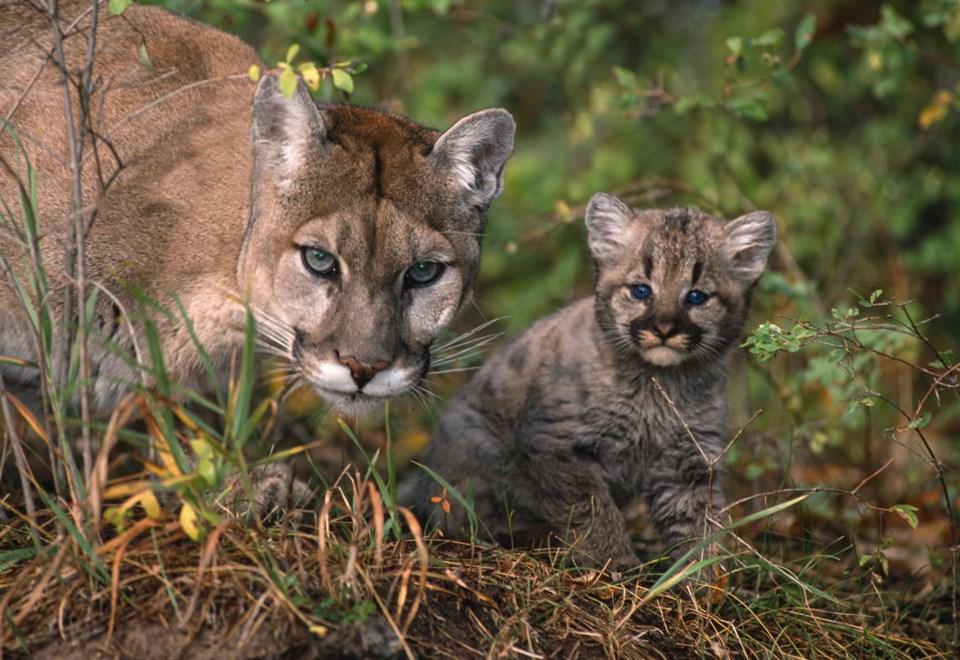UNITY — Living in rural areas and communities has its perks. Being so close to nature allows residents to feel connected to Mother Nature and everything that it offers.
Most times, it is the wildlife that we marvel at. Even in the rural communities, the chances of seeing wildlife walking down the streets is becoming more frequent. So far, residents have been cautious of the wild creatures, giving them enough room to find their way out of town.
There have been times when more than just a deer has been seen within the town limits. Predator animals such as coyotes and bears have also been observed. According to a recent online post, the Town of Provost contacted the Fish and Game Authority to confirm if recent tracks seen in town were those of a cougar. The tracks have not been confirmed.
So, how can rural communities coexist with predatory animals? Bears, wolves and cougars that venture into town are looking for food. Keeping garbage locked away in animal-resistant containers or secure buildings until the morning of collection day and refraining from feeding pets outside are ways to reduce animal traffic, wildlife officials advise.
There may still be the off chance that you will encounter a wild animal, whether it is within town limits or while out for a walk around the community. Regardless of what animal it is, the first rule is to stay calm. Officials advise, do not turn your back on the animal and don’t run.
Other advice includes:
• If encountering a bear, do not look the animal in the eye. Slowly back away from the animal and speak in low tones.
• If you come close to a cougar or wolf, do the opposite. Make yourself look big and maintain eye contact. With wolves, staring at the animal will help as they feel threatened, like dogs. Cougars also dislike constant eye contact. Shouting and throwing something at the big cats will distract the animal. If the encounter is with small children, cougars may view them as prey targets due to thir smaller size and quick movements, so children should be picked up immediately.
If dangerous wildlife is seen frequently in the same area and officials advise that is a threat to the health and safety of the public, and should be reported by calling in Turn in Poachers and Polluters at 1-800-667-7561 or #5555 from any SaskTel Mobility cellphone. If there is an immediate risk to human safety, call 911.




